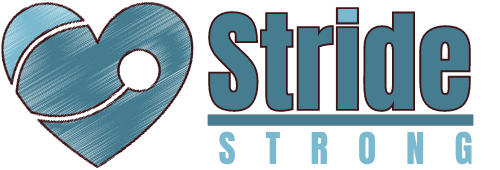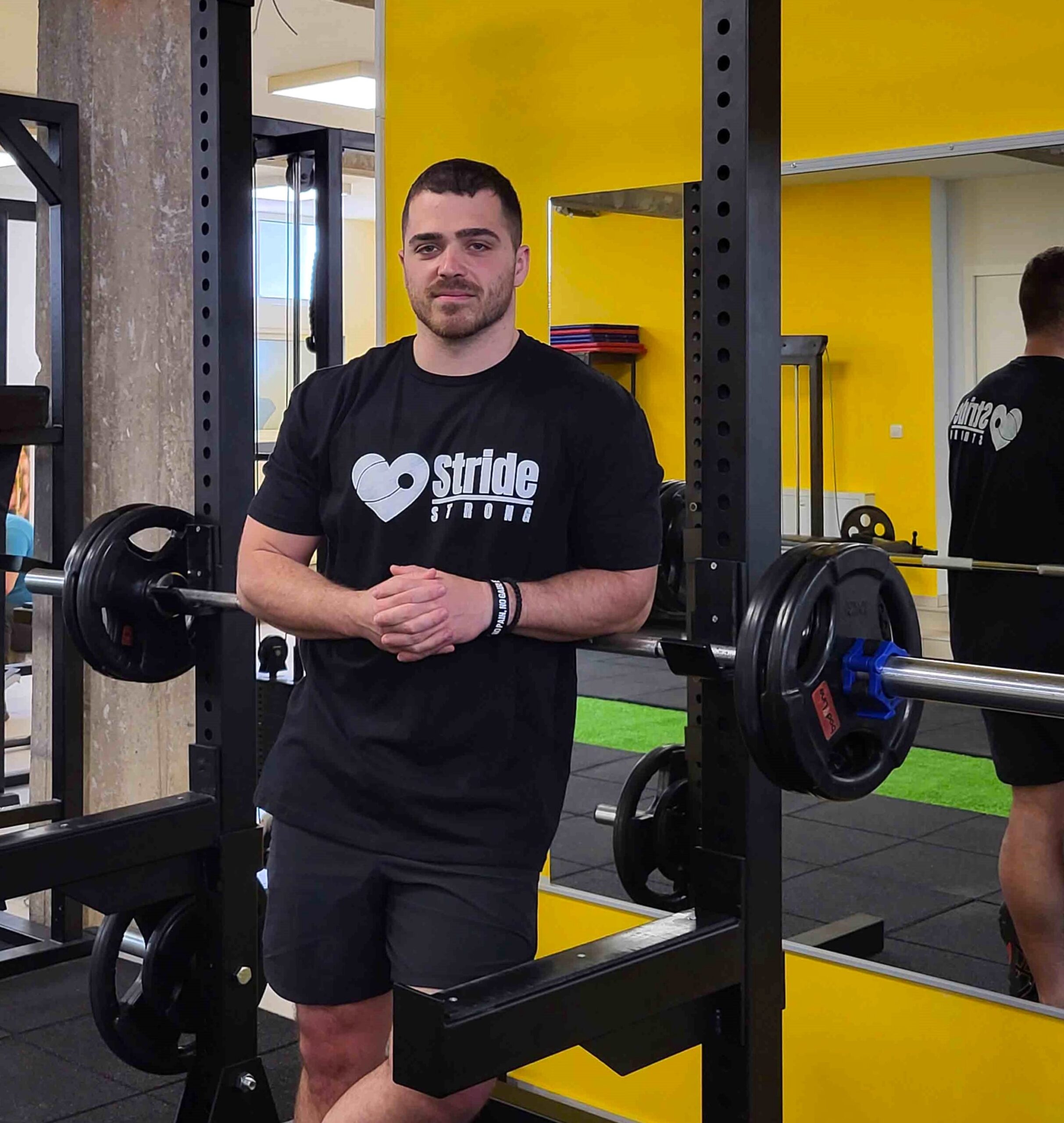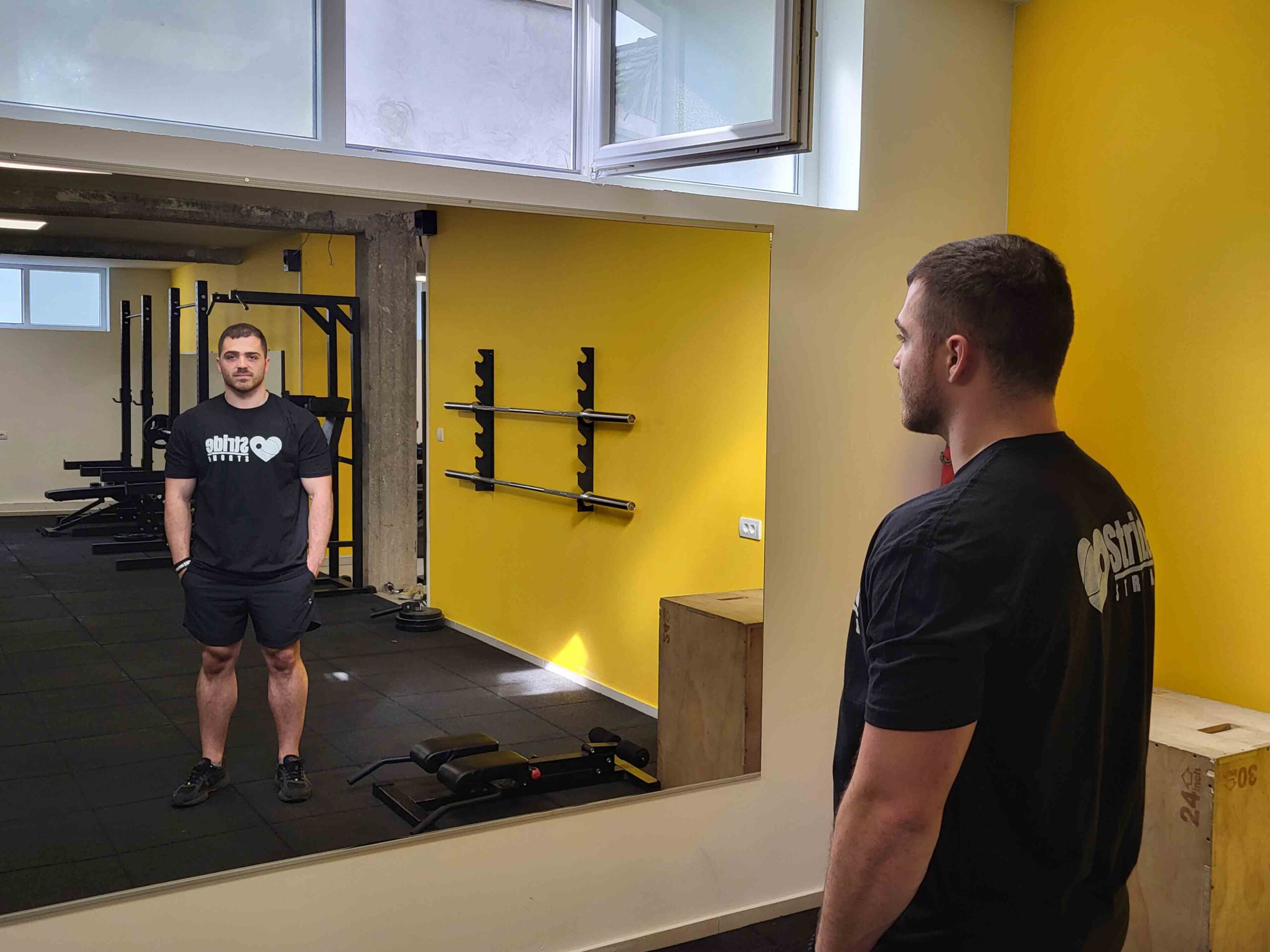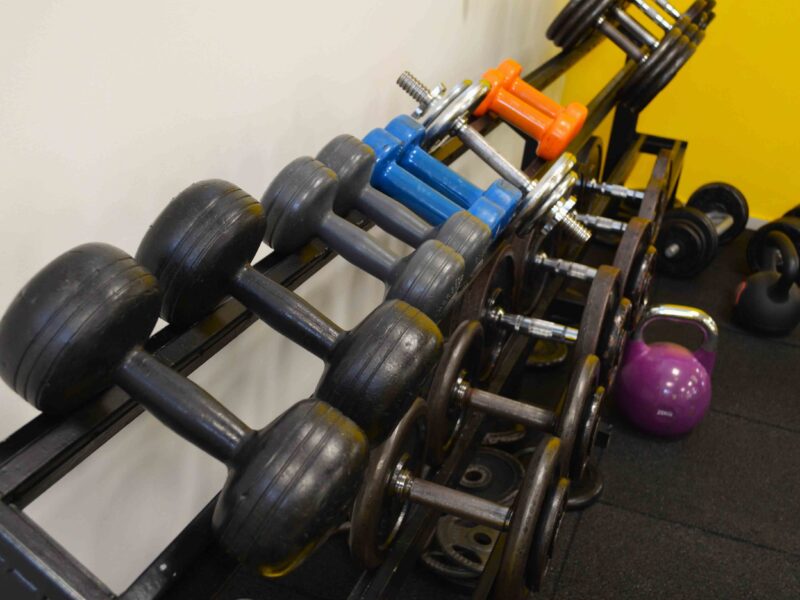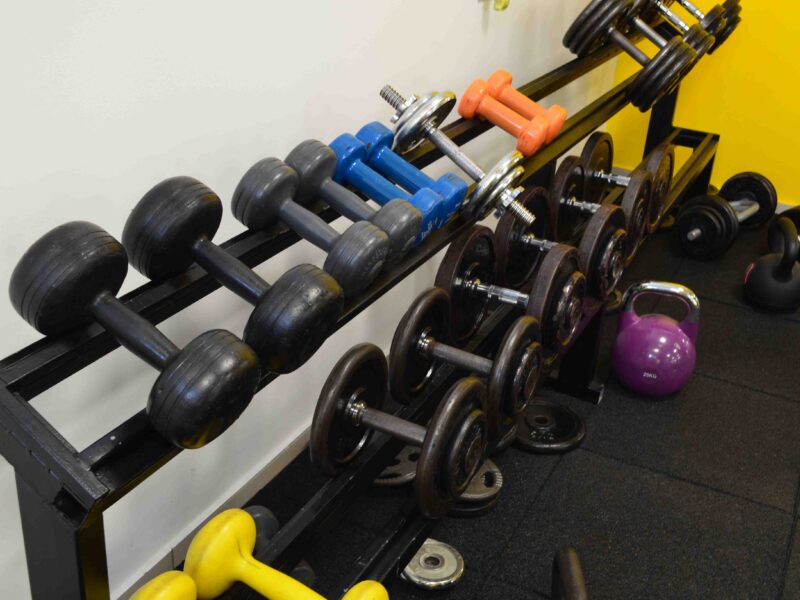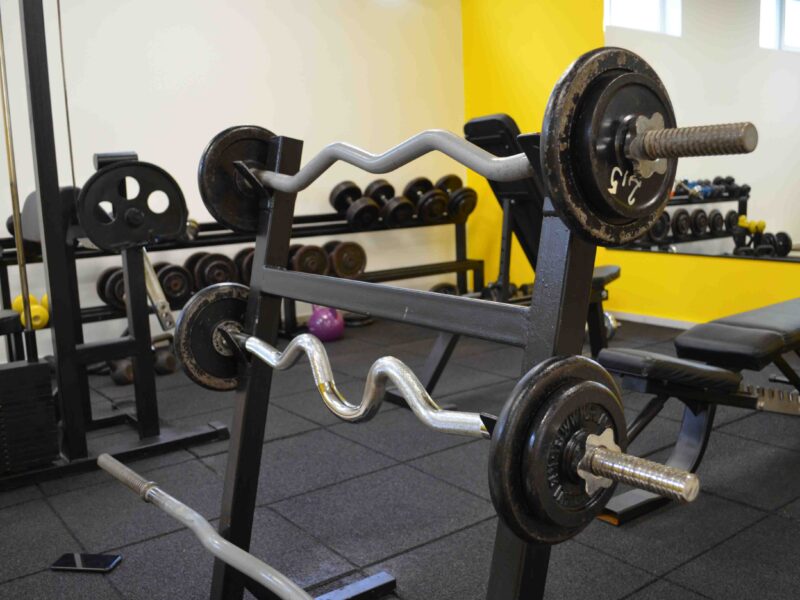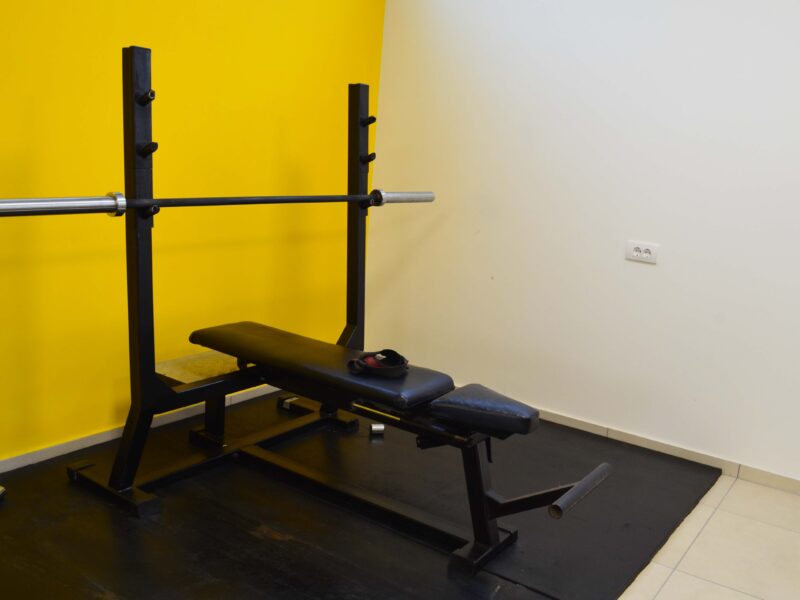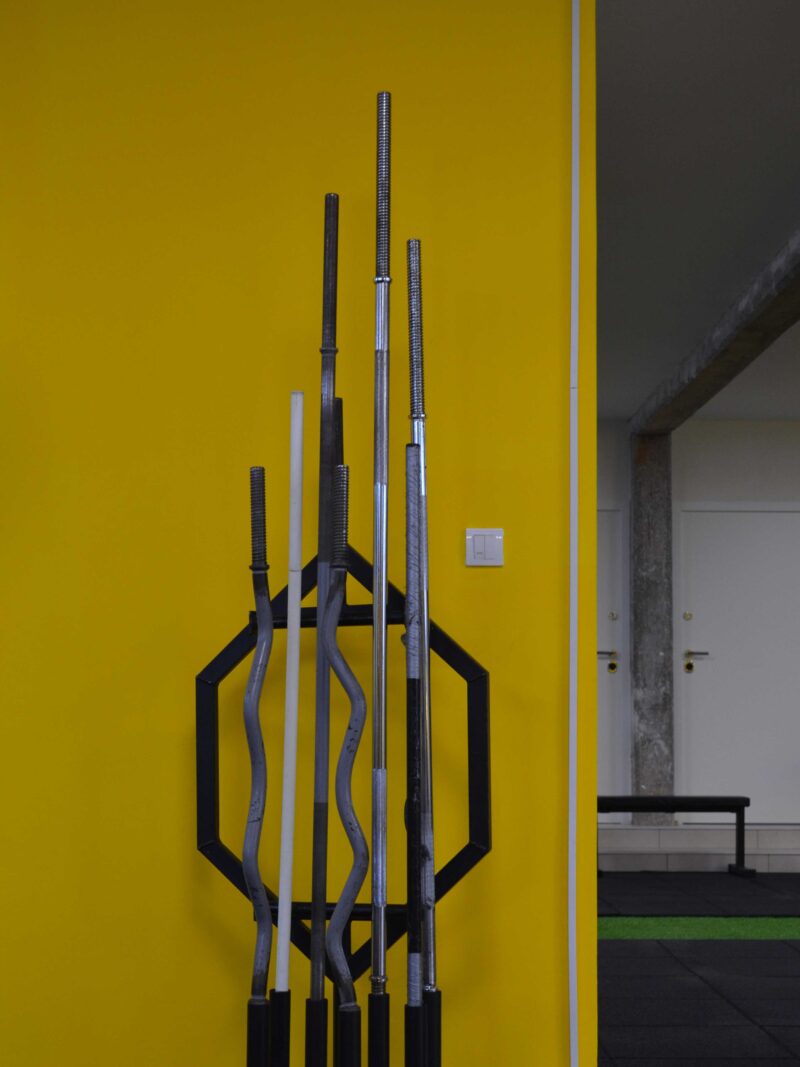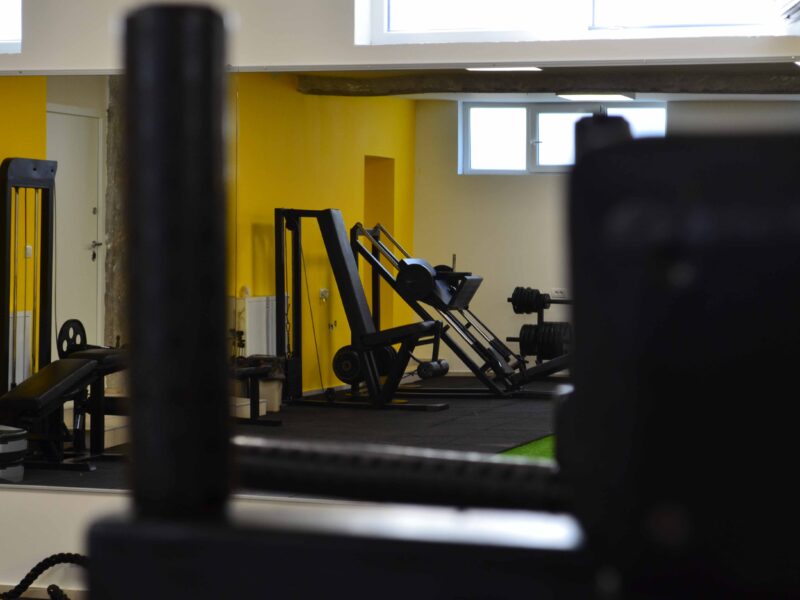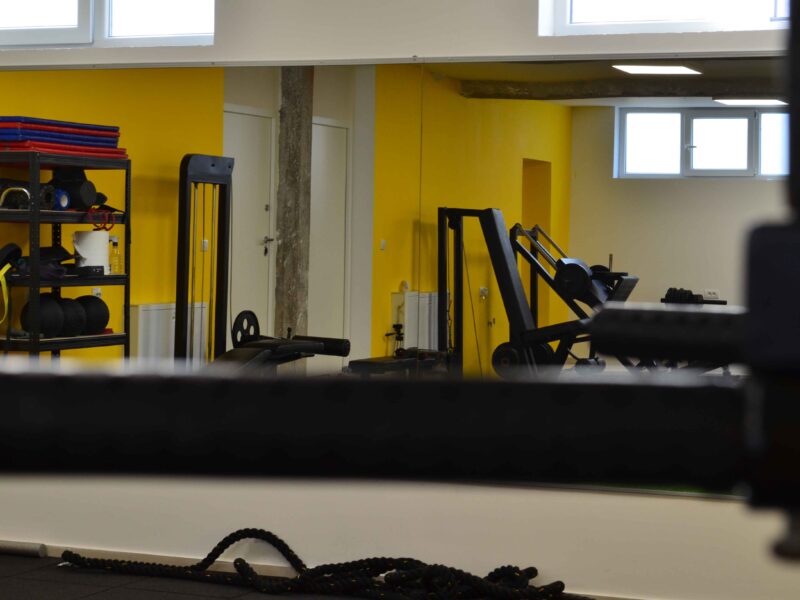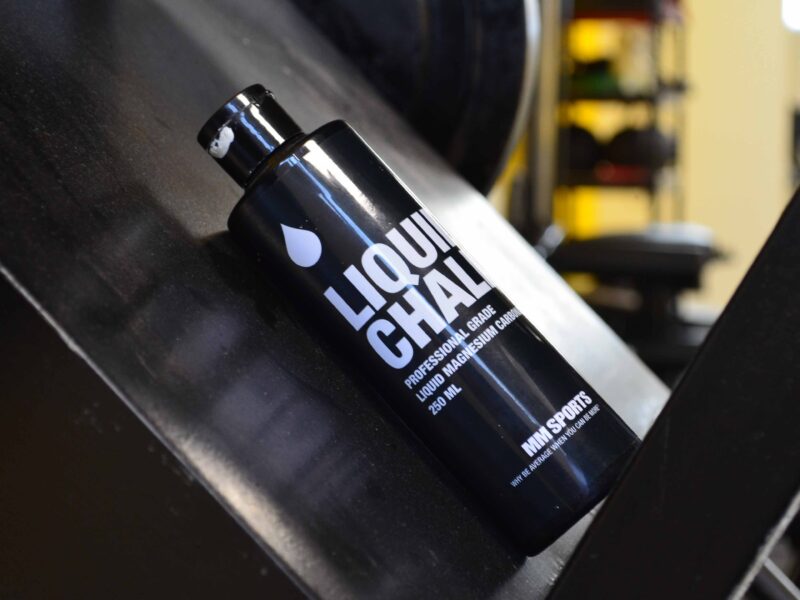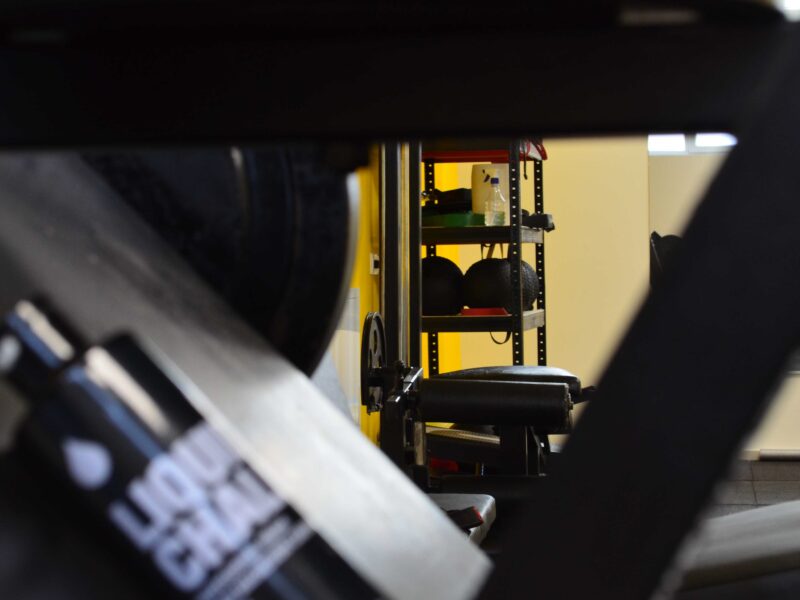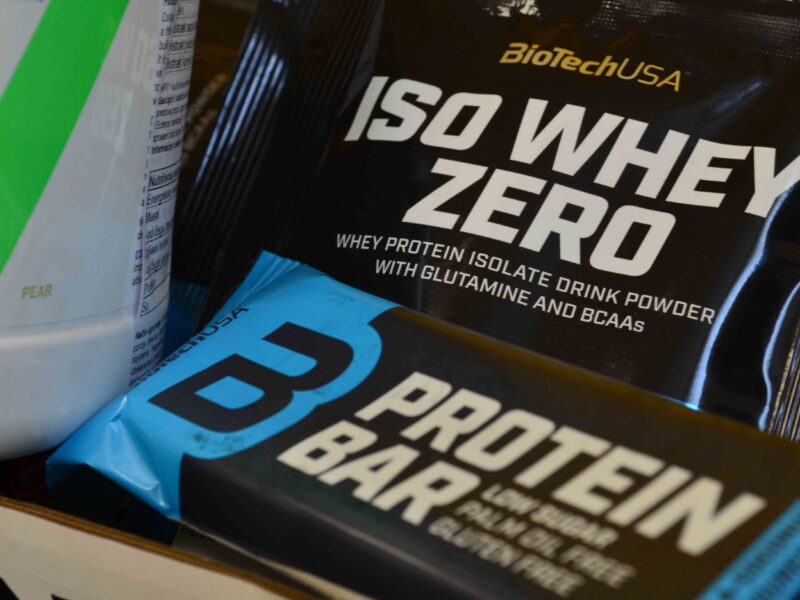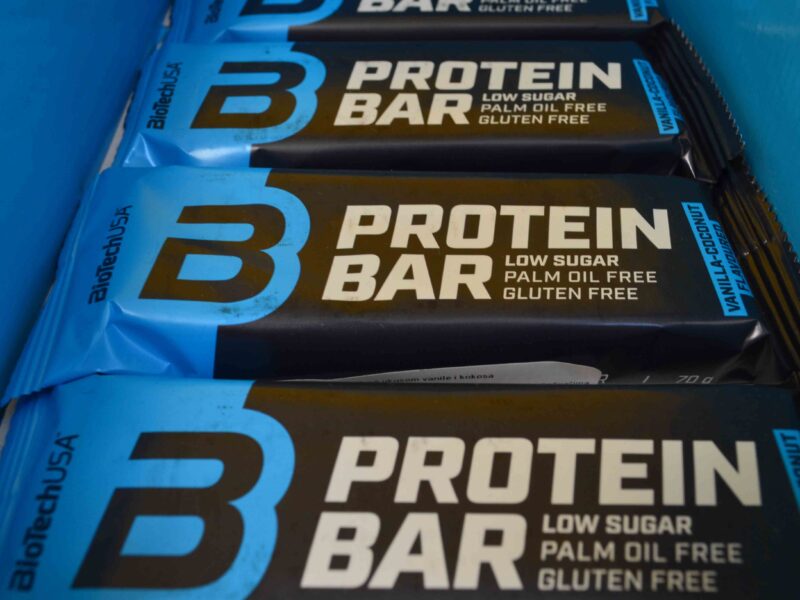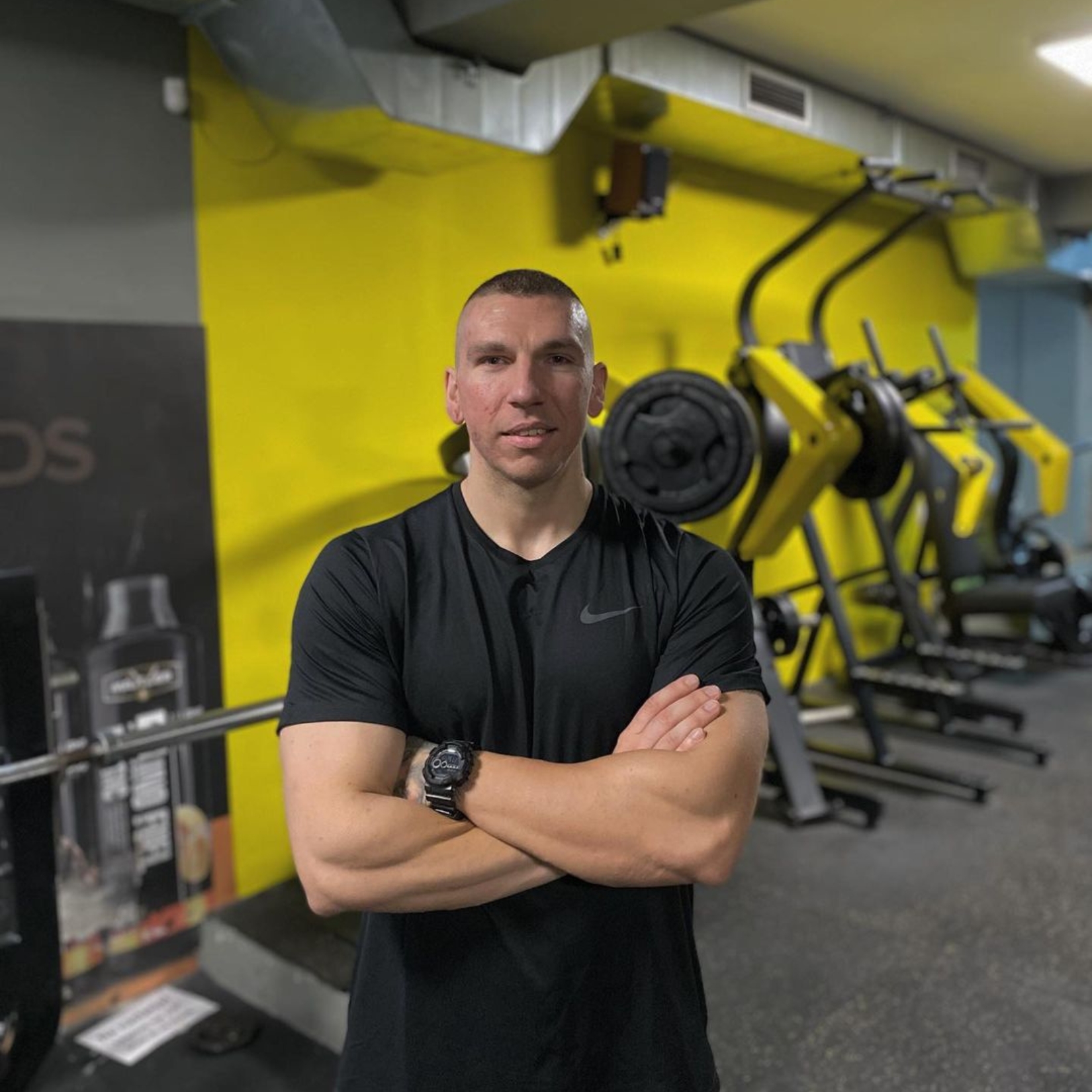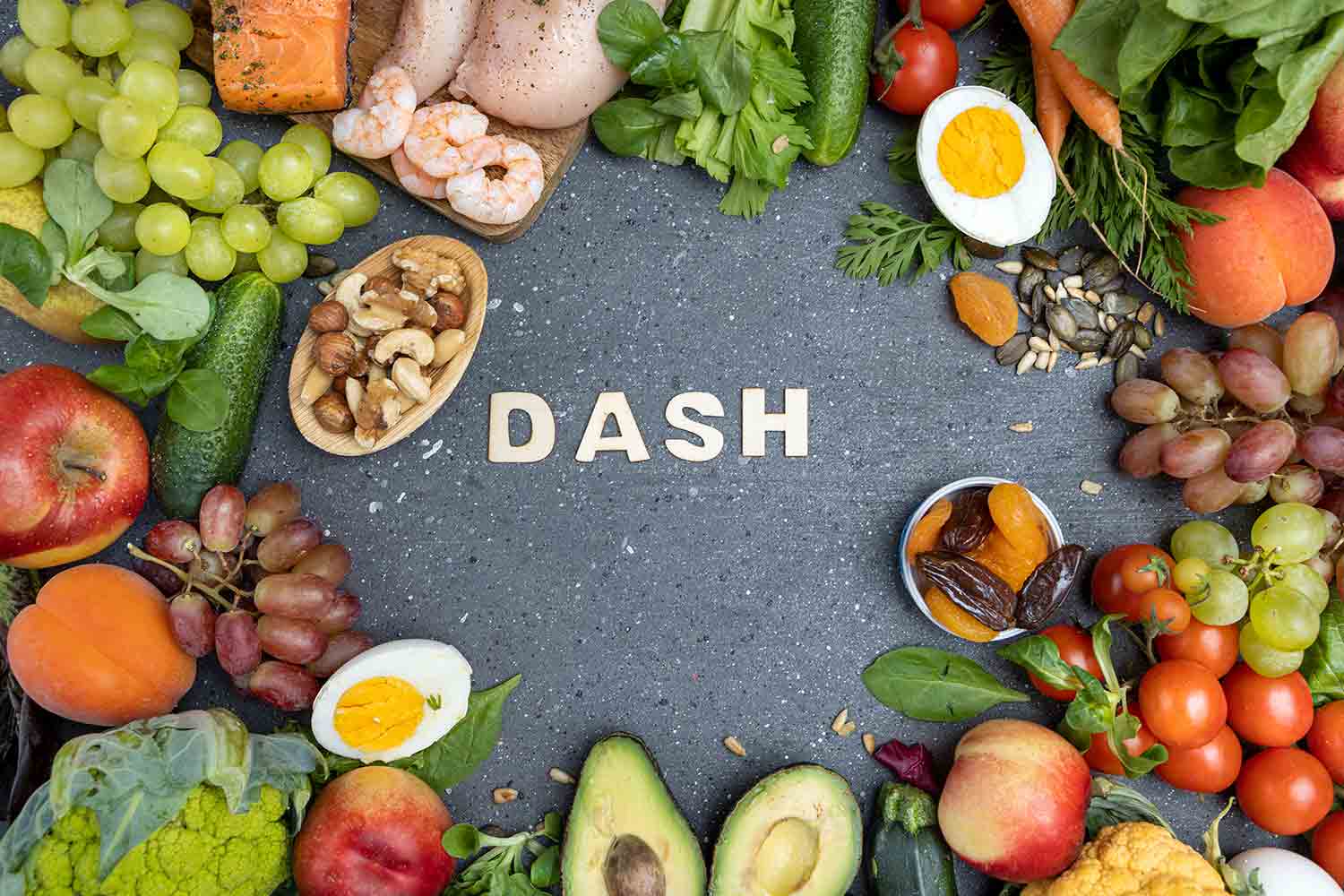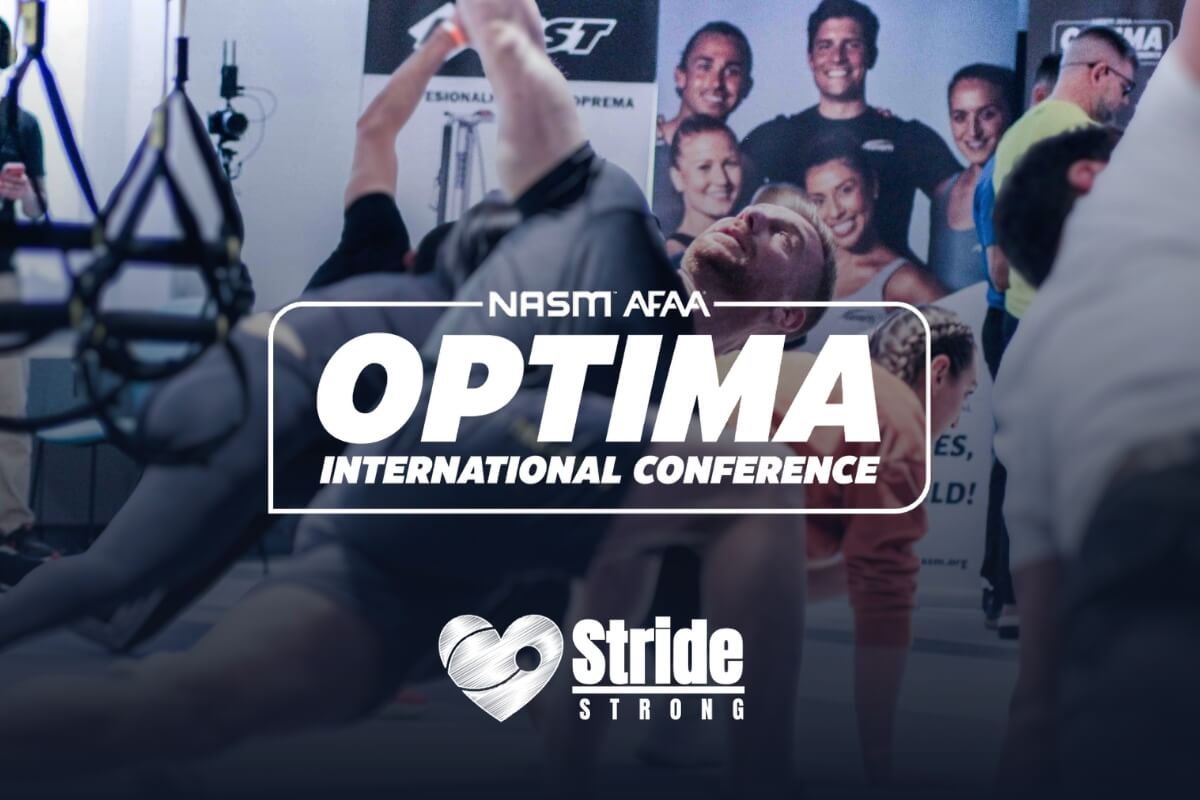Welcome back to our weekly interview with experts!
Today, we are talking with a 30-year-old fitness trainer from Beska, Stefan Djordjevic. For all of you who are thinking about how to start working out, Stefan prepared some tips on how to achieve the best possible results with your workouts.
Stefan played handball for 9 nine years. After that, he started going to the gym and has been a bodybuilder ever since. Besides having a personal trainer certificate from HFS Academy, Stefan is also the owner of a Gym in his town, which brought him a lot of experience in working with people.
That’s why we were more than happy to hear his professional opinion.
Where to start?
I believe this is the main problem. People don’t know how to start working out, so they tend to make excuses. They’re either too tired or have no time. But that’s not really the case.
“People are just lazy. This might sound rough, but it’s the truth. How much time do you spend on Instagram, scrolling through reels, or sitting in front of a TV and watching reality shows that don’t do anything for your physical and mental health? The solution is pretty simple – restrict yourself. Commit to training sessions, and proper nutrition, learn about micro and macronutrients, and go for a walk with your family. Where there’s a will, there’s a way,” says Stefan.
Bodybuilding or strength training – how do you choose?
As Stefan states – it’s totally up to you. Both types of exercises are excellent:
Bodybuilding focuses on increasing muscle size and definition. If you aim to work on specific muscle groups for a more sculpted look, bodybuilding is the way to go. It involves lifting weights in higher repetition ranges (usually 8-12 reps) to promote muscle hypertrophy (growth).
Strength training, on the other hand, concentrates on increasing your overall strength and power. This type of training is ideal if your goal is to lift heavier weights, enhance your performance in sports, or improve daily functional movements. Strength training typically involves lifting heavier weights at lower repetitions (usually 1-6 reps) to maximize strength gains without necessarily increasing muscle size significantly.
Progressive overload
Progressive overload refers to gradually increasing the stress placed on your body during exercise. Your body adapts to the demands you place on it. By continuously increasing these demands slightly, you encourage your body to become stronger, more efficient, and capable of handling higher levels of stress. This process involves adapting to either heavier weights, increased volume (more reps or sets), enhanced intensity, or reduced rest periods between sets.
“Progressive overload should be done slowly and gradually, not suddenly and with large weights right away. For example, if you’ve done chet press with 22lbs dumbbells, 4×10 reps, and the next week you do the same exercise with 26lbs dumbbells, but you do it only 2×10 reps, it means you should stick to the same weight until you’re able to do all 4 sets with these dumbbells,” adds Stefan.
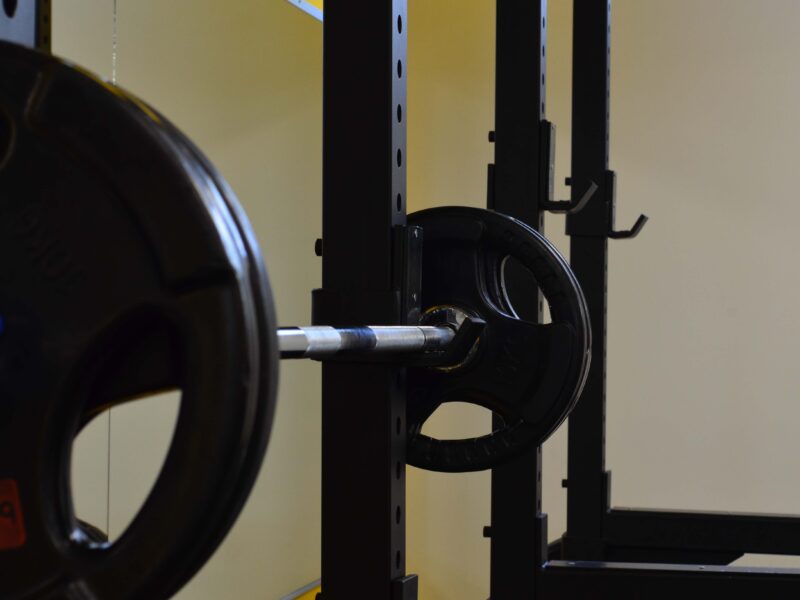
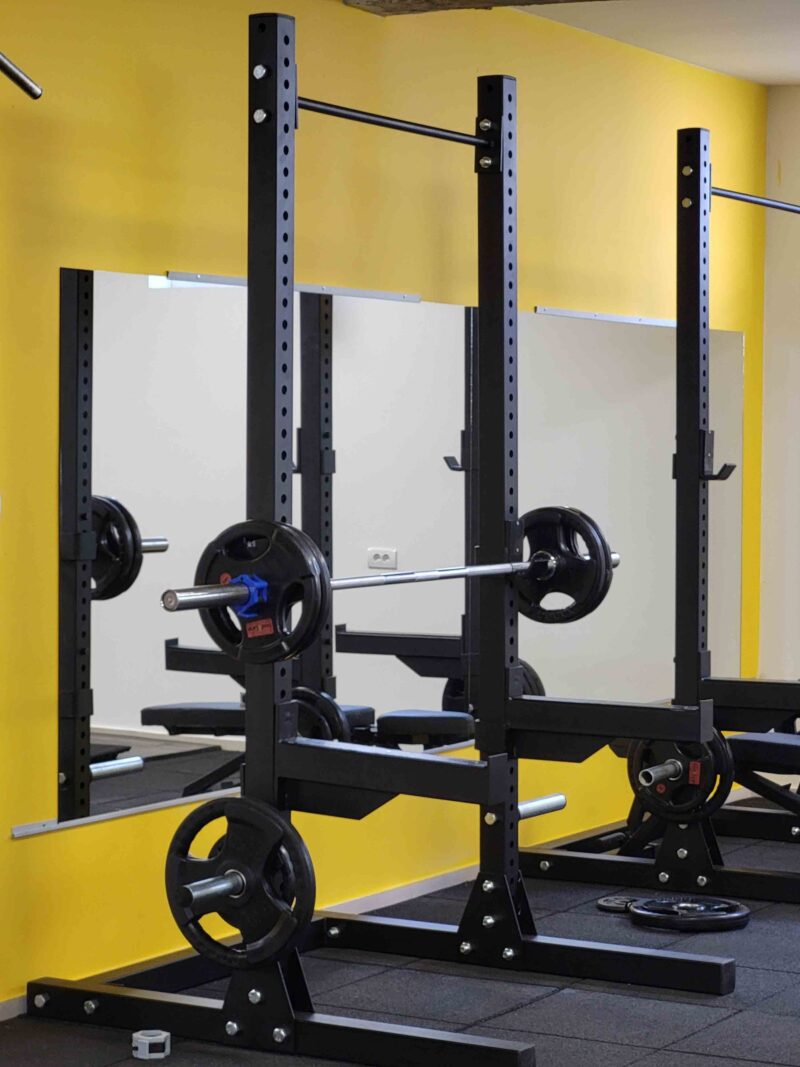
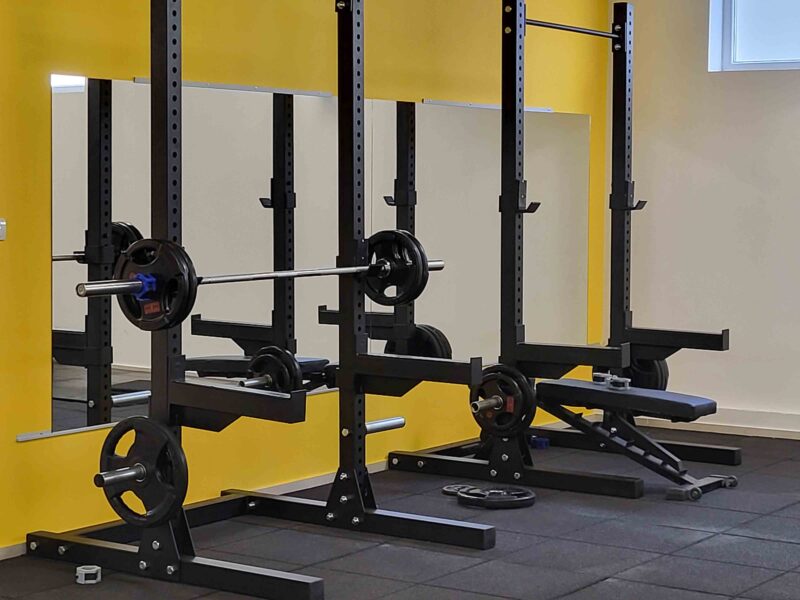
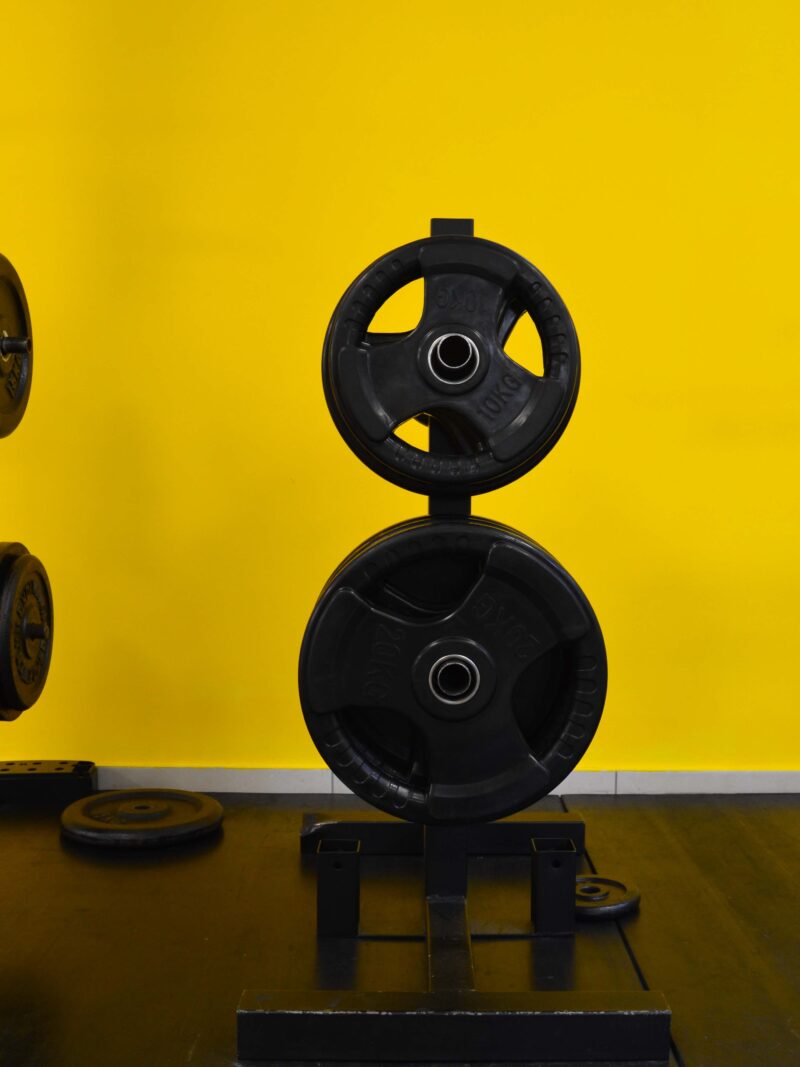
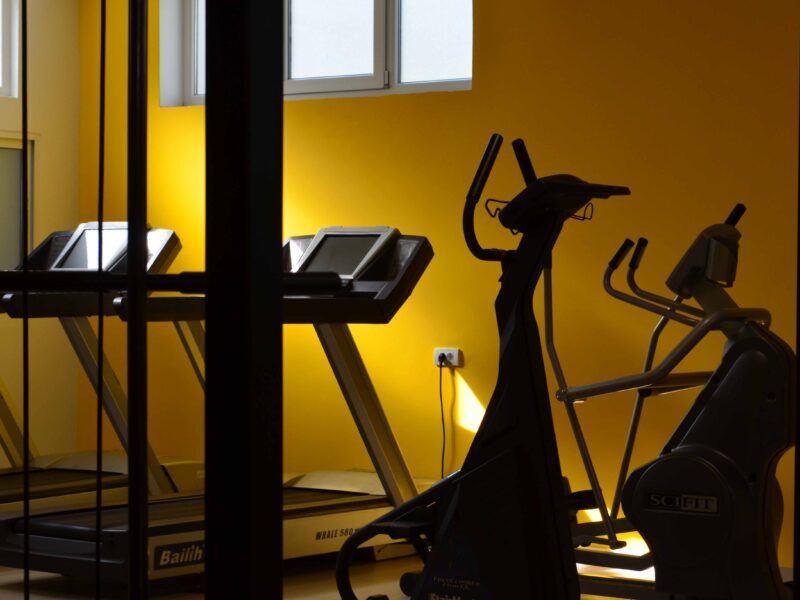
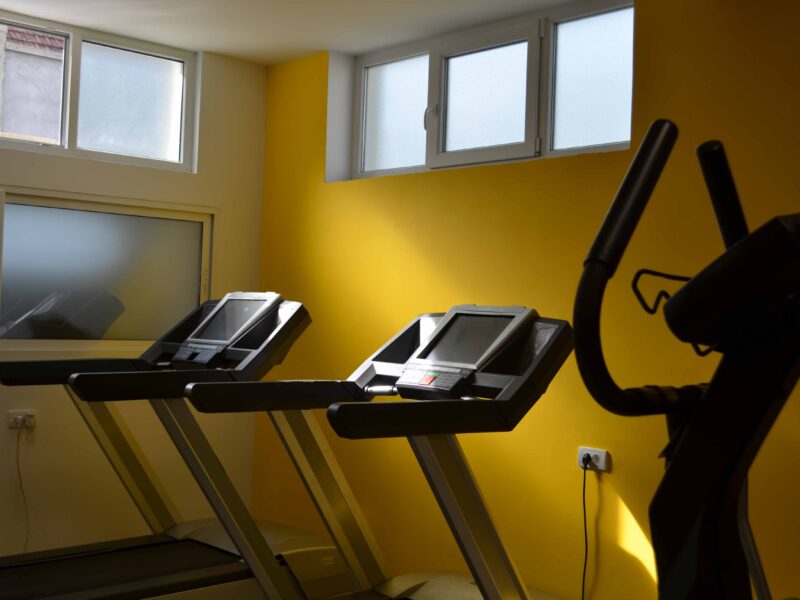
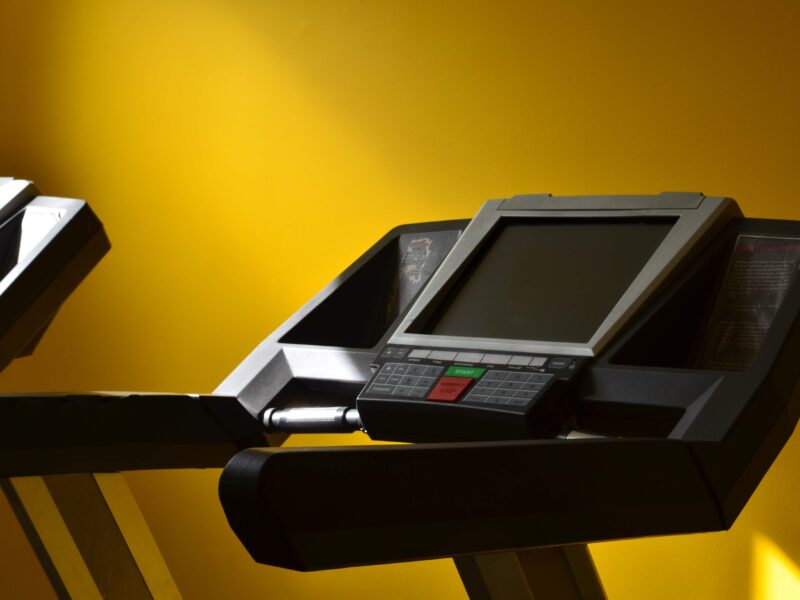
Home workouts vs. gym – what’s more beginner-friendly?
Although working out at home is more convenient, it’s not a permanent option. The chances are you’re going to overcome it soon and then you’ll need something more challenging.
“If you want to achieve better results, the gym is a much better option because it offers more diverse equipment that you can’t place at home,” adds Stefan.
Also, for some, the gym works as additional motivation if they find a workout body or they don’t like working out at home. Some people manage to overcome that laziness when they step into the gym.
Which machines to use in the gym?
For beginners in the gym, starting with machines is a smart choice because they help control your movements and reduce the risk of injury. Machines are also great for learning the basics of strength training and for targeting specific muscle groups.
Stefan points out the benefits of the Smith Machine. Although not a traditional machine for isolation exercises, he believes it is very useful for beginners to practice squats, deadlifts, and presses with guided motion, reducing the risk of improper form.
“I believe there isn’t a single best machine that is suitable for everyone,” says Stefan.
He adds that there’s one machine that’s often underrated and that is Belt Squat Machine. This machine allows performing a squat without putting pressure on your back so even people with back injuries can do squats safely on this machine.
The Hack Squat Machine, although similar to the leg press, allows a bigger movement amplitude and thus a bigger stress on quads which further implies bigger muscle growth and endurance.
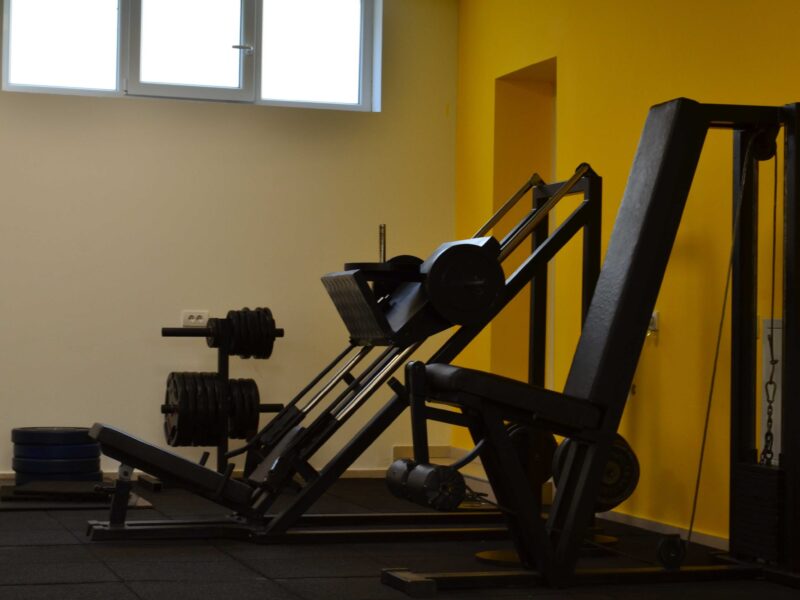
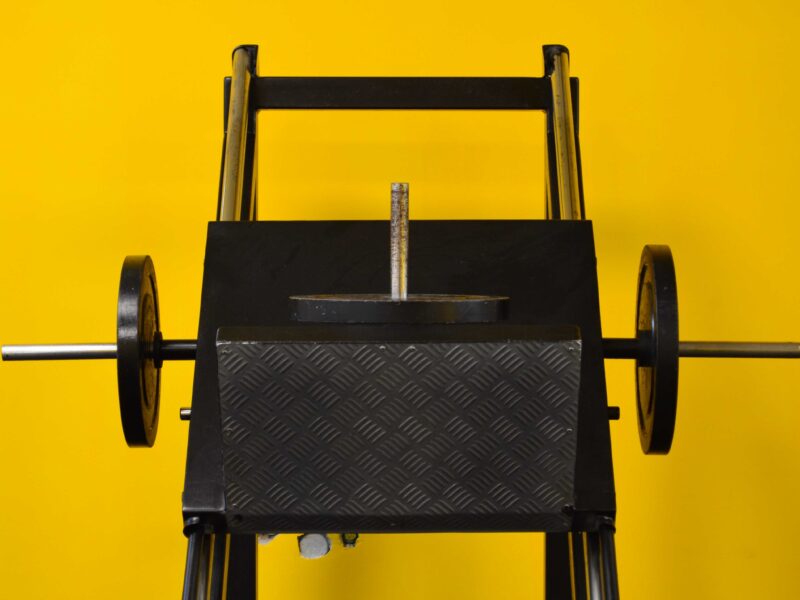
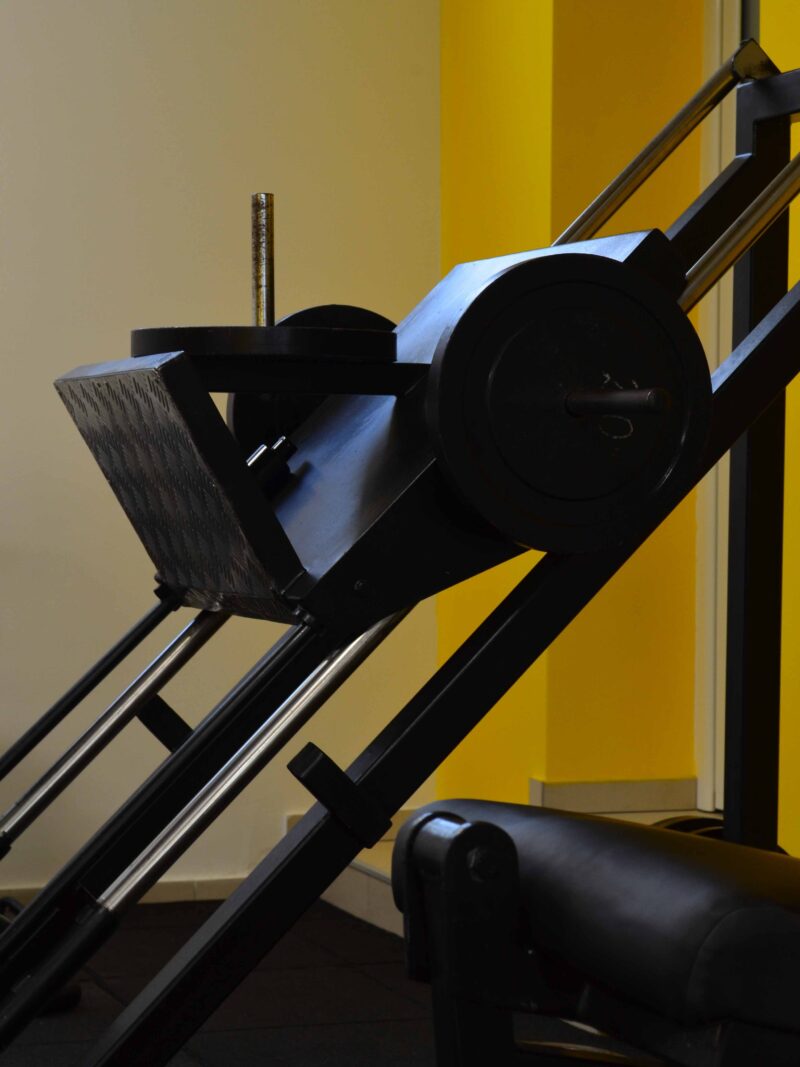
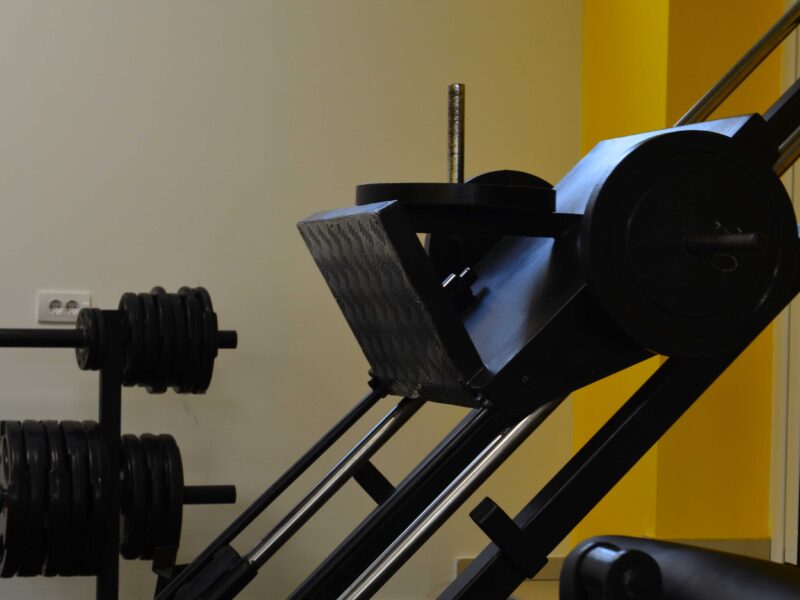
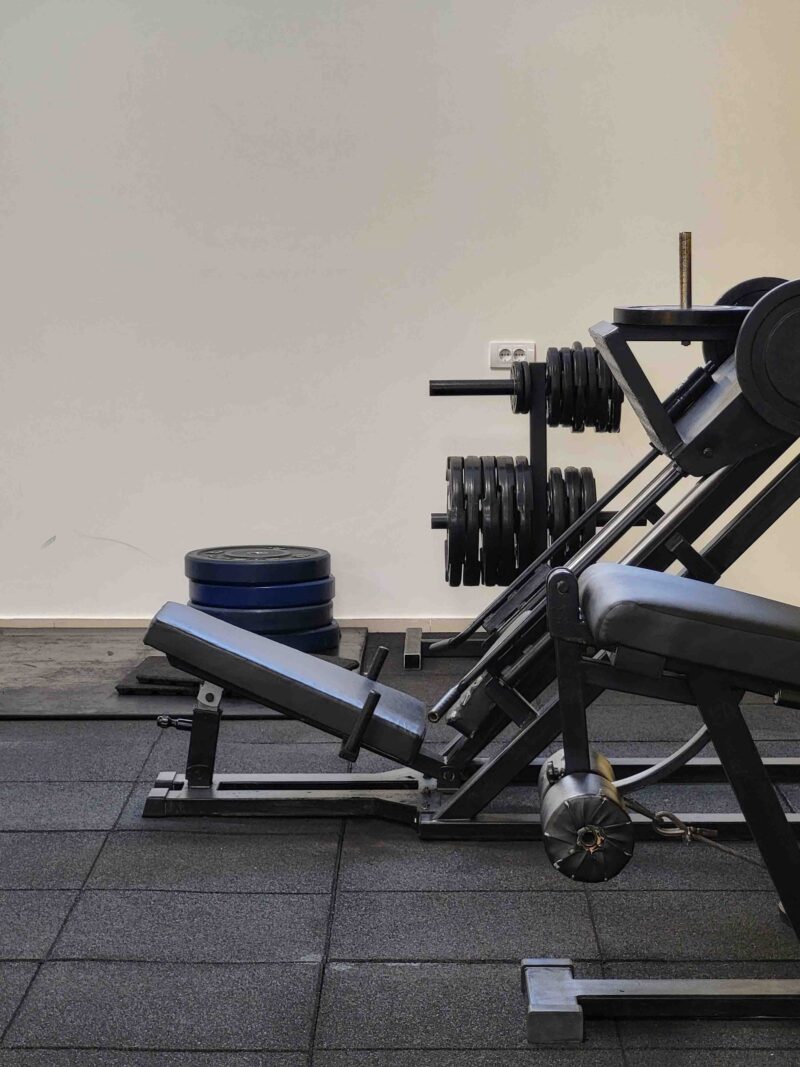
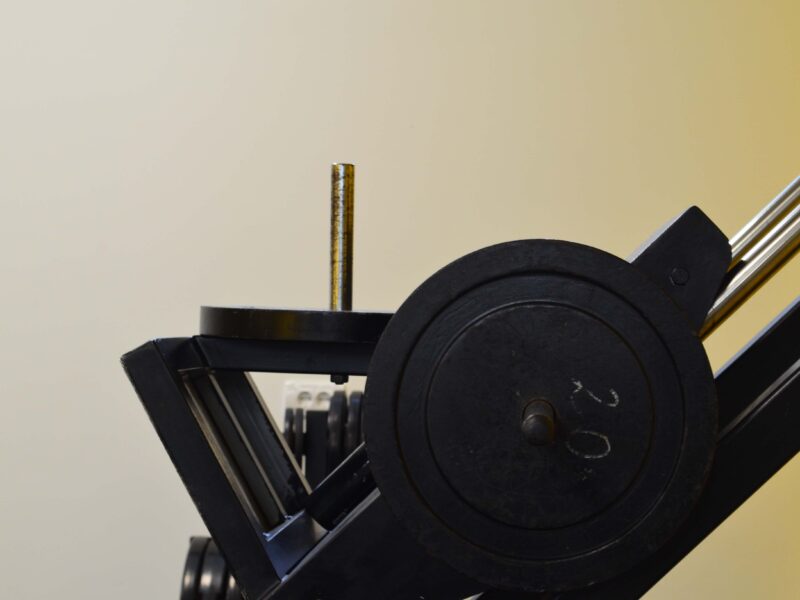
Signs you’re not using the machine properly
- Bad posture – don’t shy away from asking any trainer in the gym about how to perform an exercise correctly.
- Performing an exercise without “tempo” – (your pace is very important, especially with hypertrophy).
- Too much weight on your machine – (this can lead to previously mentioned signs).
How often should you take a rest day?
The ideal ratio of rest days to workout days can vary from person to person, depending on factors such as age, and overall health.
“I would suggest taking a break for 1-2 days after 2 training sessions in a row, to avoid excessive fatigue and decreased performance. Let’s say that a person works out 4 times a week – it would be ideal for them to do 2 training sessions (1 for the upper body and 1 for the lower body), rest for 1-2 days, and then repeat the two sessions after resting and recovering,” says Stefan.
What’s the best strategy to lose weight?
“Calorie deficit – period,” claims Stefan.
If you want to lose weight, a caloric deficit is the only option. As simple as that. For example, if you weigh 264 lbs and you want to lose 44 lbs, the first thing you need to do is calculate your daily calorie intake necessary for losing that amount of weight. You can install MyFitnessPal, for instance, to help you keep track of your calorie intake. When you get to your target weight, calculate the calorie intake again, but this time you want to maintain your current weight.
When it comes to this topic, nutritionist Tijana Mladenovic spoke about it in more detail in our interview from last week, which you can see at this link.
How to warm up to prepare your body for high-intensity workouts?
Warming up is crucial to prepare your body for high-intensity workouts, as it helps prevent injuries and improve performance. Stefan suggested a few exercises that proved to be very effective among his clients:
- Jumping Jacks – 30s intervals / 2-3 sets
- World’s best stretch – with rotation as a form of dynamic warm-up
- Squat Jumps – 20/30s intervals / 2-3 sets
All in all…
I want to close this topic with a quote by Stefan “Every transformation is a success“. It means that every step forward, no matter how small, marks a victory. You might have ups and downs, but each workout, each healthy choice, brings you closer to your goals.
We hope you enjoyed reading this as much as we did while talking with Stefan. Till the next time.
Related Posts:
- "Persistence turns goals into reality" - Insights…
- "Plan your meals ahead"— Expert Nutritionist Gives…
- 5 Strength Training Workouts for Beginners - How and…
- Bodyweight Workout for Beginners (20-Minute at Home Routine)
- "We Shape The World" OPTIMA Europe Fitness…
- 5 Innovative Treadmill Workouts Suitable for Every…
